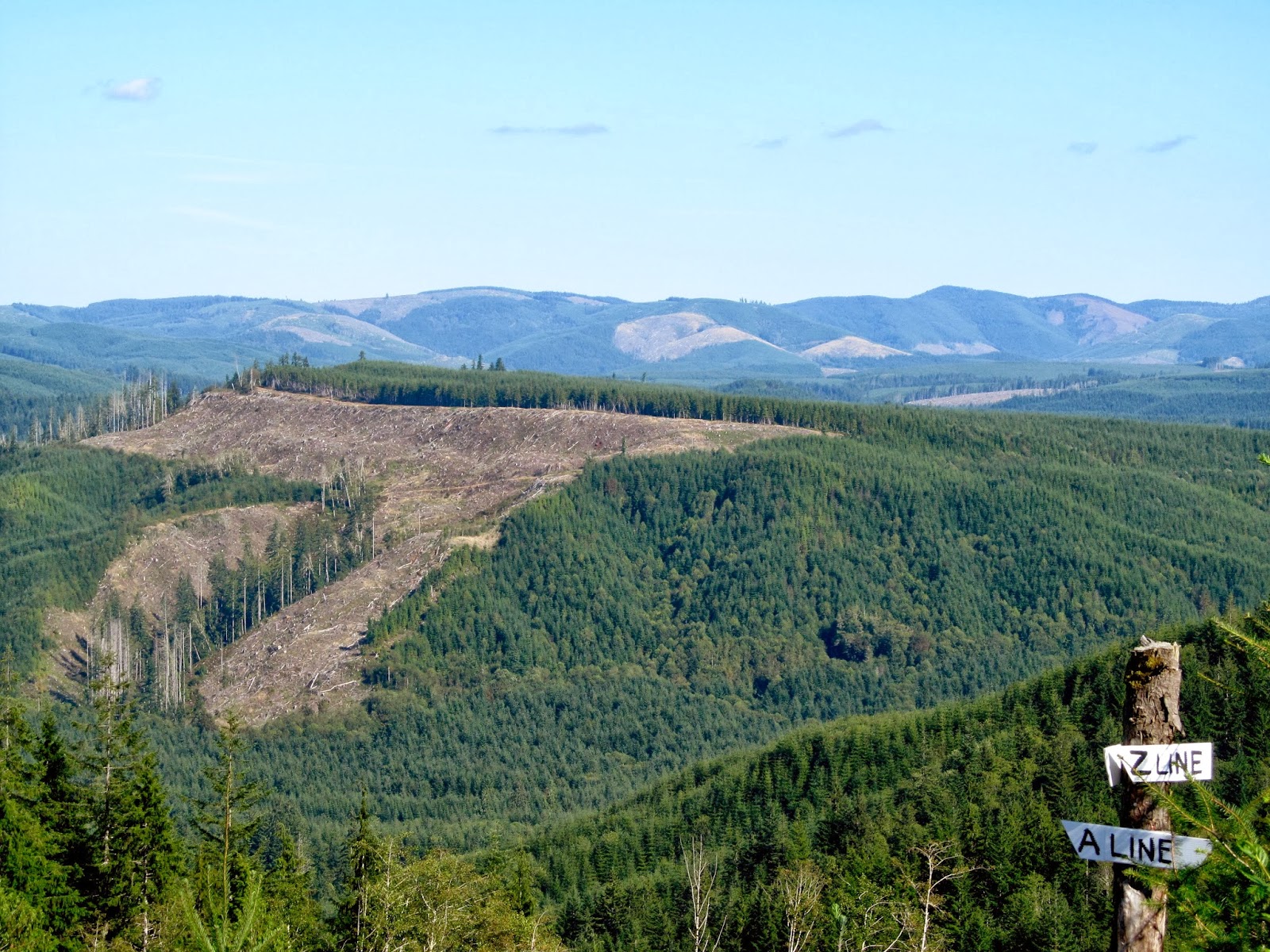 |
| Emergence. |
Recently, I walked what had been the bottom of a lake for the past 50 years. A crack had appeared in the dam plugging that stretch of the Columbia, and as a precaution, the lake had been mostly drained. The fat placid bullfrog of a lake became a snake, flaccid flow replaced by rapids.
 |
| Shallow soundings, deep sounds |
With the water level dropped, rocks and riffles raise their voices. The Big River (translation of many Tribes' names for the Columbia) sings its song for the first time in decades. Some say that there's a stretch just below the Priest Rapids dam where the river runs free, but for the most part, the Oregon/Washington part of the river (hundreds of miles) has lost its voice in the age of hydro-electric power and irrigation diversion. Hearing riffles and rapids amounts to time travel, and I was lucky enough to hear that past, now.
 |
| One goose says to another... |
With the Columbia back in it's channel, creatures from geese to archaeologists walk the flood plain again. Minus the muffling waters, footsteps echo, gravel slips and crunches. The old fords become visible again, instead of dark placid waters crossed only by bridges and damns.
 |
| Threatening to fight, even in death. |
On the other hand, dropping the level of a dam lake leaves a lot of creatures accustomed to the sodden past 50 years high and dry. What the photos don't convey is the smell of millions of mussels rotting in the Spring sun, the stench of crayfish turning to rotten goo in their exoskeletons. Weirdly, there was little evidence of gulls and crows Columbia Gorging themselves on this buffet. No wheeling and squawking birds, and the aquatic critters even more silent than usual.
Hopefully, I'll get back again before the dam is fixed, and waters rise again to swallow the roar of rapids, the rhythm of riffles.









